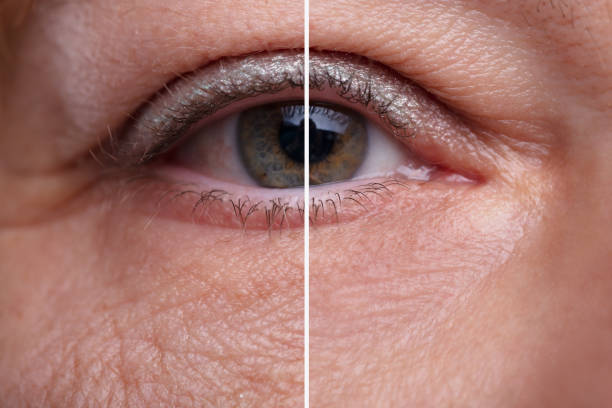Why does your life flash before your eyes near death?

Many survivors of near-death experiences recall their extraordinary experiences. They may have seen the light at the other end of a dark tunnel, floated outside of themselves, met deceased loved ones, or relived major life events.
Scientists have yet to decode the mystery behind this biological mechanism.
Researchers at the University of Michigan have published a paper in the Proceedings of the National Academy of Science (PNAS) that shows evidence of brain activity surges associated with consciousness among two dying patients.
The new study is not the first of its kind. However, it is unique in that the research is detailed “in a way that has never been done before,” said Jimo Borjigin. His lab is dedicated to understanding the neurobiological basis of consciousness.
The team reviewed the records of patients who died after cardiac arrest while being monitored with electroencephalograms (EEGs).
After determining that they were no longer able to be treated by medical professionals, all four went into comas.
Two of the four patients, a woman aged 24 and another woman aged 77, experienced an increase in heart rate as well as a surge in brain waves at the gamma frequencies — the brain activity associated with consciousness.
In some cases, gamma wave spikes have been observed in people who are near death.
The University of Michigan study went on to examine in more detail which areas of the brain were lit up. The activity was detected in the “posterior cortex hot zone,” which is composed of the temporal, parietal occipital, and lobes. These lobes are linked with changes in consciousness.
Borjigin said that the area was “on fire.”
She added that the brain and heart activity was monitored second by second for the last few minutes of the patient’s life. This contributed to the accuracy of the analysis.
Borjigin suggested that the history of seizures in two patients may have primed their minds.
The authors warned against drawing broad conclusions due to the small sample size.
It’s also impossible to confirm if the patients had visions, as they didn’t live to tell about it.
Borjigin hopes to collect data on hundreds of people in the future, increasing the chance that some may survive.
A possible way to achieve this is to simulate a near-death situation while monitoring the patient in lab conditions.



Leave a Reply